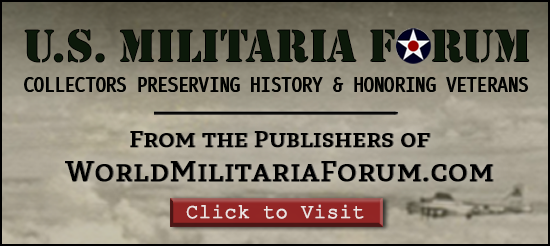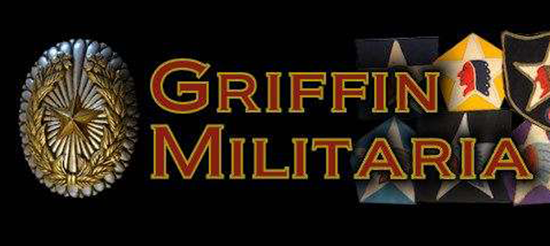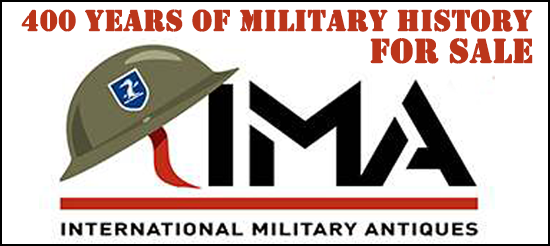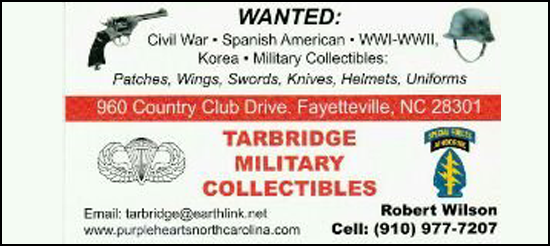-
Donate
Type donation amount in box below.
IMPORTANT! If you donate via PayPal using an e-mail address different than the one you are currently using on WMF and would like a 2024 Donor Icon added to your account, you MUST CONTACT vintageproductions or stratasfan and let them know what email address was used for the donation.
Thank you for supporting WMF.
Donate Sidebar by DevFuse -
Recent Posts
-
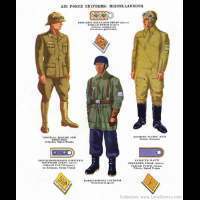
By patches · Posted
What you have there is a Royal Hospital Chelsea hat, Royal Hospital Chelsea, the British Army's Old Soldiers Home in London. The RH on the liner being for Royal Hospital, with the Royal Hospital Crest and maybe even the date it was made being faded away leaving ghosting it looks. Button has I would think an entwined monogram RHC. Here's a 1948 Dated one on The Bay. https://www.ebay.co.uk/itm/115965269699 -

By patches · Posted
I would imagine all these serving Austrian Soldiers, Officers included, had to do a lot of readjusting, even as simple as changing the way they stood at Attention, and of marching Deusches Heer way, Presenting Arms etc etc -
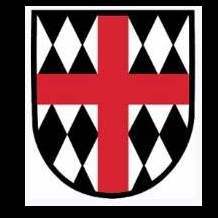
By Preppy Picker · Posted
Check the other end of the scabbard for the number. It should be on the end. -

-

By S.ChrisKelly · Posted
"Books in Review: The Anti-Partisan Badge. The Anti-Partisan badge was one of Germany’s least understood decorations. Antonio Scapini takes an in-depth look at the German badge. By David Walsh Published May 31, 2022 5:49 PM P.D.T. The Anti-Partisan Badge, Antonio Scapin, B&D Publishing, 2015, no ISBN, 7x 9.5 inches, 269 pps., profusely illustrated with mostly-color photographs. https://bdpublish.com/ This book tackles one of the German badge world’s least understood decoration. That’s because save for the odd forum thread, little has been written about them. Meaning no matter how rare or interesting, they’re an obscure novelty item – hence less collectible. Actually, the partisan badge is no less deserving (and maybe rarer) than Pilots Badges, Knights Crosses, Eagle Orders, Tank Destruction Badges and other high-flyers. Author/collector Antonio Scapini knows this well, having published books on traditional awards. So, as enthusiasts comb flea markets, shows, estate sales and the Internet for more glamorous fare, he’s labored long and hard digging documentary gold on the “snake-and-sword” badge. For he’s a very diligent miner and has turned up much of value. This is the first treatise devoted exclusively to the topic, and markedly alters the calculus. Perhaps history’s most bizarre and gruesome combat award, Hitler Germany’s anti-partisan badge, or Bandenkampfabzeichen (literally anti-bandit insignia) looks positively nightmarish. It appeared in 1944. Then, the Reich’s fortunes were fast waning, partisans sensed the end was near and so – helped by Allied airdrops -- upped their game. The scary badge was meant to stoke up units tasked with finding and killing the unconventional fighters. These were a mish-mosh of Wehrmacht, Police and Waffen-SS members alongside a handful of foreign volunteers. This was ruthless guerilla warfare, with little quarter given or expected on either side. The few “bandits” taken alive were, per Hitler’s orders executed immediately after interrogation. The mostly zinc badges were somewhat crudely die-struck in bronze, silver and gold classes (and applied finishes) much like Germany’s other military and civil decorations. Typically they bear no makers’ or other markings. Five manufacturers produced them, says Scapini, with C.E. Junker making most. Key for determining authenticity, the book’s main point, Junker’s and the others’ output display small and sometimes near-microscopic variances one piece to another. Not just among the five makers but even each company’s badges may show differences. Skulls, pins, hinges, catches, wreaths, leaves and individual acorns (!) – every detail’s exhaustively pored over. Fine macro photography reveals identifiers aplenty. And, while explaining such arcana as the badge’s history and origins (a 1920s Weimar rightist group’s insignia) it’s just this minutiae that Scapini drills down deepest into. Given the high hundreds to several thousand dollars at stake for a badge, it’s the wise collector who will pay attention. The author teaches how to distinguish the producers’ overall styles, hence suss out the relatively few real examples from the great many forgeries AKA “collector” or “re-enactor” copies. Previously, he asserts, teasing good from bad was extremely difficult. The badges have floated around collecting circles for decades and are always costly, their very obscurity much appreciated by forgers. The unimpressive late-war quality is added impetus to crank out cast fakes from a single die-struck original -- or even make castings from a previous fake! Many have been gulled into buying postwar replicas as original on the grounds that “this is a late-war one.” Some guys fork out a large sum just because of the “cool” factor. Accordingly, Scaping’s careful digging takes readers over each class-and-“type” badge (he names several), illustrating what hopeful enthusiasts must look for -- and avoid. His text is succinct and well crafted. Bolstering the rest is a very useful chapter on phony badges. Scapini also lays out manufacturing techniques, chronicling just how and why so many of these late-war badges show construction flaws. He shows incomplete parts, cracking, casting sprue, areas lacking crisp details, defective or poor paint or CupAl and on. “Exotica” students will find particularly interesting the info about and pictures of the immensely rare or unique “black sword” variant, and the Golden Badge with Diamonds with name-engraved pin. All, though, will benefit from the simple rarity scale. Even the 1957 versions is covered. Supporting literature is also photographed including investiture information, qualifications (how many combat days for the 3 grades and under what conditions), award documents, Soldbuch entries, boxes, etc. And certainly not forgetting the very scarce or extremely rare in-wear photographs – some likely worth near as much as the badges! As said, this dive is deep. The details and tells are many, and Antonio Scapini’s overarching text and quality photography sort it all out for you. That the printing, bindings and layout are tops, in the best B&D Publishing’s tradition only makes “Scapini’s gold” glitter the brighter. Armed with his teachings, you’ll be leagues ahead in the knowledge-is-power dept. An important, groundbreaking work, here." From: https://www.militarytrader.com/militaria-collecting-101/books-in-review-the-anti-partisan-badge Sources/Further Research: https://schifferbooks.com/products/germ-anti-partisan-badgeww2?srsltid=AfmBOorWNv6OkwIoHxewzNgv-RcTrqZSxxUWcQUN1h1fqdDtStU8WGbl https://www.ulricofengland.com/index.php?ns=prodshow&ref=g008266 https://www.emedals.com/products/germany-federal-republic-an-anti-partisan-badge-by-rudolf-souval-exhibition-example-c-1960-g57805 https://de.m.wikipedia.org/wiki/Bandenkampfabzeichen Addendum. Source: https://www.ebay.com/itm/266598267969 -
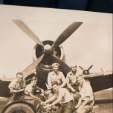
By War in Pacific · Posted
The handle is brass & painted black. The paint does make it look more 'authentic' -
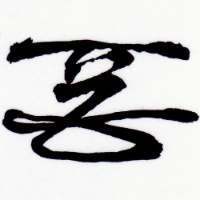
By Mr. Bushido · Posted
From the photos, it looks like an NCO sword because there is a leaf spring that secures the sword to the sheath and shape of the tip of the sheath. Is the handle pressed metal and painted to make it look handmade? If so, it would likely be an NCO sword. -

By S.ChrisKelly · Posted
Post #6... I know how it is. When I was a teen~ager, Second World War veterans were still in the workforce, albeit close to retirement. I saw dump truck loads of materials we took for granted back then that collectors pay hundreds, even thousands of dollars for today, if they can find it. No kidding... I know neighborhoods today, in my area, that a good metal detector and a spade could unearth what's left of enough militaria to pay a year's tuition at an ivy~league university. Their current residents, most born after the end of the Persian Gulf War, have no idea and even less interest. Most, if not all, consider World War II ancient history. It sounds self~serving, I know, but my friends and I looked after our "stuff". One of my neighbors, himself a "vetrun of the Big One", used to build showcases for us, made in his basement shop/workbench from leftover lumber and glass. I still have the two he made for me. -

By mbec · Posted
He told me he had other things but didn’t want to part with them. After he passed I went to the auction that was held but no other stuff was there. I suppose a relative grabbed what there was. Oh well. It’s still nice to have this plus I have some paperwork and uniform pieces -

By Marshallj · Posted
ditto to the other comments. My opinion is lots of war souvenirs suffer more damage post war than war time. Especially when the sons of veterans get their hands on them. I damaged my dad’s Luger and my brother broke the blade of dad’s gravity knife. Dad did not kill us but it was close…😫 -

-

By War in Pacific · Posted
I dont have better pics right now but can have some later tonight. The pics I took earlier were intended for quick post The only numbers on this sword are those on the blade. I was expecting a double tang / split tang & signature. This sword was made at a factory until '45
-

